He, who looked like a weathered hippy with an infectious smile, helped the man I hired, the one with a big truck and a strong back, to unload my gift onto dollies.
I was donating my entire psychology/love library, 2000 books or so, to the public library and I handed them over to the gentleman-volunteer who seemed, somehow, to exude oh-so-wonderful empathy.
I was sure he understood.
He asked about my books and verbalized what I was thinking… that it must be hard to let go of these “friends”. These books, “friends,” were ones which had surrounded me in my office for so many years.
ALGAZI FAMILY COUNSELING has moved from the heart of Corona del Mar, to a really cool, but far smaller place in the Design Center, close to city hall. There is simply no room for the books.
My excitement, however, doesn’t do much to eliminate the nostalgia.
Turns out the library volunteer is a doctor who just loves books. He whispered that he owns 30,000 of them, which he keeps at home.
30, 000 books? That’s what he said.
I smiled, called him a “HOARDER” and offered my business card.
”HOARDING” is a treatable disease. I knew he knew that too. Then he challenged my diagnosis.
“Walk into my home and you might think I am over-populated with books. Or… you might see them as evidence of my extraordinary curiosity about all things,” he said.
Wow. Now that’s something to think about.
Last week a woman I’ll call “Lisa” told me that she was concerned about her BFF, “Marie” who she was sure was a HOARDER. She wanted to help Marie.
“It’s hard to even get through her front door… there’s stuff everywhere,” she said. “Marie calls herself a COLLECTOR, even though now she admits things have gotten a little out of hand.”
Marie has stopped letting visitors in to her home. Lisa is right to be concerned.
Never mind the potential conflict with worried friends and family members, Hoarding and accumulating major clutter can threaten the health and safety of those living in or near the home, causing health problems, structural damage, fire, and even death .
HOW IS “HOARDING” DIFFERENT FROM “COLLECTING?”
HOARDERS seldom seek to display their possessions, which are usually kept in disarray.
COLLECTORS are likely to proudly display their collections and keep them well organized.
WHAT ARE THE SIGNS OF COMPULSIVE HOARDING?
- A large amount of clutter in the office, at home, in the car, or in other spaces (i.e. storage units) that makes it difficult to use furniture or appliances or move around easily.
- Losing important items like bills in the clutter
- Over-buying to “stock-up”
- Not inviting guests into their home due to shame or embarrassment
- Avoiding household repairs by service people who might stand in judgment of what is going on.
- Compulsively taking “free” items like napkins and sugar packets from restaurants.
- Difficulty getting rid of items.
Hoarders often live alone. When they don’t, their behavior is almost certain to cause relationship problems.
This is Part ! of a 2 part series. Next time, I’ll share some ways Lisa, as loving friend, might be helpful.
SPOILER ALERT: It won’t help Marie to shovel out Lisa’s clutter.
As for the man in the bookstore who says he shares his world with 30.000 books, I can only guess what his life is really about. He’d be a great character type in a movie. Don’t you think?
READ PART TWO BY CLICKING ON <https://www.lindaalgazi.com/2016/07/15/hoarding-part-two/
Email Dr. Linda















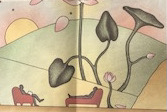
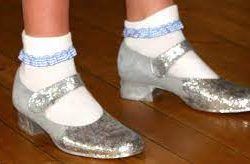
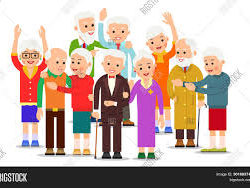
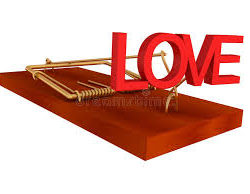
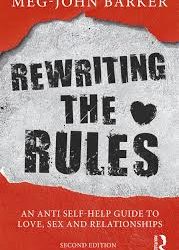
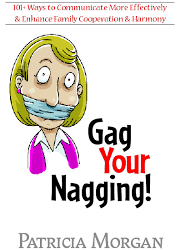







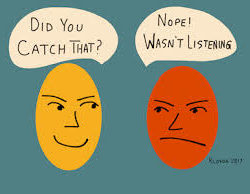
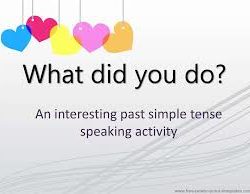


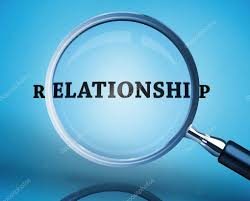


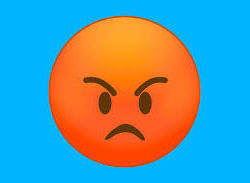




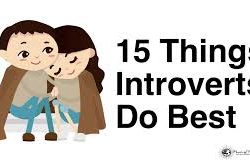

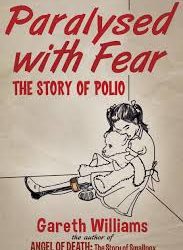


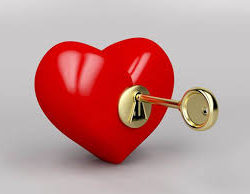





















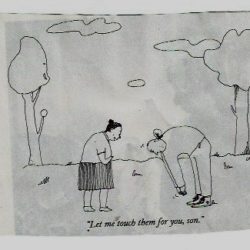






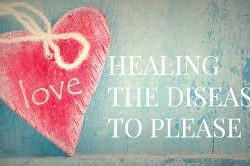







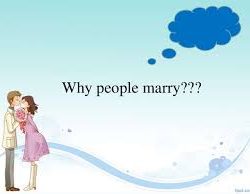
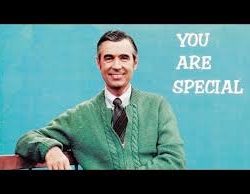













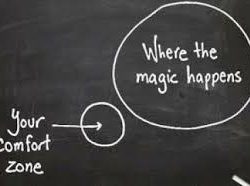














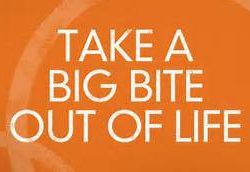








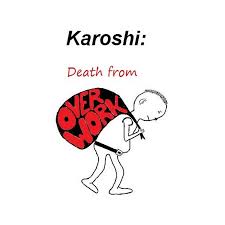
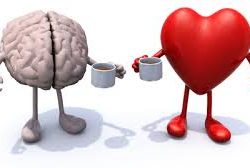



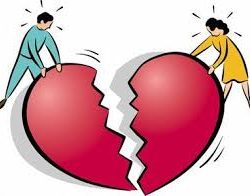
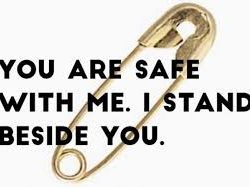




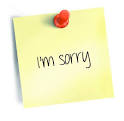
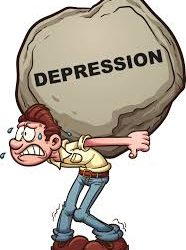
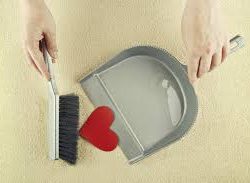
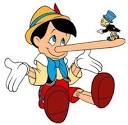




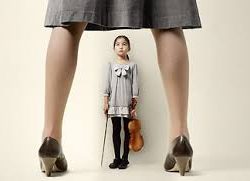







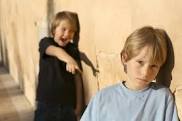



{ 0 comments… add one now }